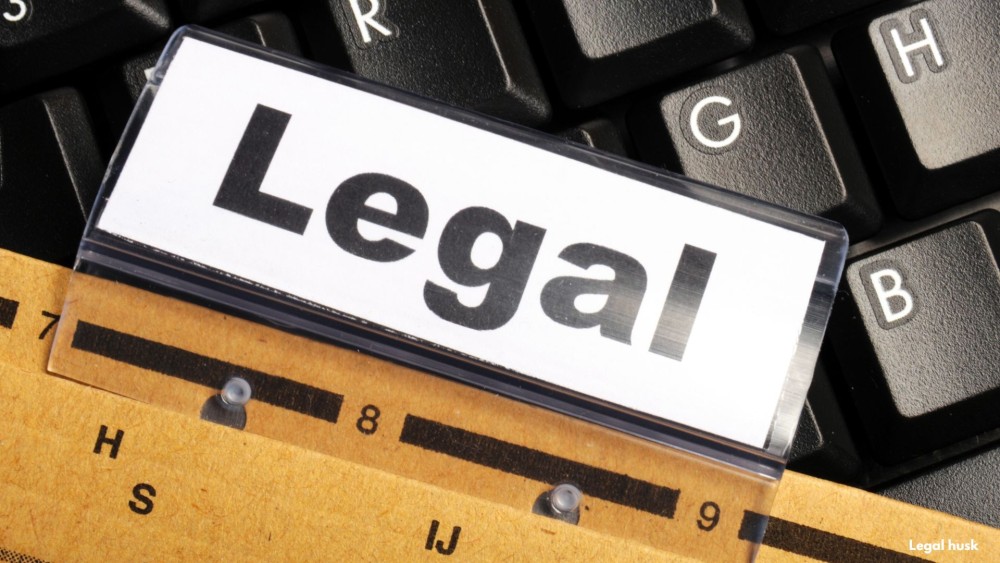
Your Answer sets the stage for the entire case. Here’s how to use it strategically to influence the narrative and steer the litigation in your favor.
The filing of an Answer is not just a procedural requirement—it’s an opportunity to frame the case. The way you admit, deny, and assert defenses can shape the storyline of the litigation and impact how the court, opposing counsel, and even the client view the case. From setting the tone to signaling your strategy, your Answer is the first critical piece in crafting the litigation narrative.
In this article, Legal Husk explores how to use your Answer strategically to control the narrative and lay the groundwork for a successful case.
✅ The Answer is your first official statement to the court and opposing counsel. Use it to set a strong, confident tone:
Denial-focused Answers suggest a vigorous defense and signal that you intend to fight.
Admitting allegations (even partial admissions) can suggest weakness or a willingness to concede.
Use language like “Defendant denies the allegations” rather than “Defendant is unable to deny” to show confidence in your position.
🎯 The tone of your Answer will influence how the other party perceives your stance throughout the litigation.
✅ Your Answer provides an early opportunity to frame the factual disputes in the case:
Deny allegations that are crucial to the plaintiff’s claims.
By denying key facts or events, you highlight the areas that will drive the litigation and narrow the scope of discovery.
For example, “Defendant denies the allegations in paragraph 4 regarding liability for damages” helps focus the case on this central issue.
🎯 Framing the dispute early ensures both parties are aligned on what the case is about.
✅ Affirmative defenses don’t just protect your client—they’re an opportunity to shape the narrative:
Statute of limitations, failure to mitigate damages, or lack of standing all serve as counter-narratives to the plaintiff’s claims.
Frame your affirmative defenses not just as legal objections, but as explanations of your client’s position in the case.
Example:
"Defendant asserts that the plaintiff’s claims are barred by the statute of limitations, as the alleged incident occurred more than [X] years ago, and plaintiff failed to initiate any action within the prescribed time frame."
🎯 Framing your affirmative defenses as part of the narrative prevents them from being seen as afterthoughts and instead presents them as central elements of your defense.
✅ Strategic admissions can also be used to shape the narrative in your favor:
Admitting the existence of a contract or a relationship but denying breach can avoid unnecessary disputes over facts while steering the focus to the legal consequences of actions.
Admit small details (e.g., dates, locations) where it makes sense, but always deny the legal implications (e.g., “Defendant admits to entering into a contract, but denies any breach occurred”).
🎯 Admissions can reduce the scope of discovery and give you more control over the facts that remain in dispute.
✅ Strategic denials help you control the legal framework:
Deny allegations related to elements of the claim (e.g., breach of contract, negligence) to ensure the plaintiff must prove all aspects of their case.
Keep your denials focused on legal issues, not minor factual details that won’t affect the outcome.
Example:
“Defendant denies that they failed to fulfill any contractual obligations, as alleged in paragraph 7.”
🎯 Denying the legal foundation of claims forces the plaintiff to address these key issues directly.
✅ Your Answer can lay the groundwork for early motions:
Motions to dismiss or summary judgment motions require you to challenge the sufficiency of the allegations or the factual record.
A carefully worded Answer can set up a motion for dismissal if the complaint fails to state a claim upon which relief can be granted.
🎯 Don’t hesitate to use your Answer to preserve and highlight the need for early dispositive motions—it can help you avoid years of litigation and push for a faster resolution.
✅ Use the Answer to hint at your litigation strategy:
If you plan to push for early settlement, signal that by requesting a short extension for discovery or requesting a settlement conference in your Answer.
If your focus is on pre-trial motions, use your Answer to stress the need for the court to address specific issues upfront.
🎯 How you respond in your Answer sends a message—use it to signal to the opposing party and the court how you plan to approach the case.
In a breach of contract case, the defendant strategically files an Answer:
Denies the existence of the breach and frames the dispute around performance issues.
Raises affirmative defenses like failure to mitigate damages and waiver.
Admits the contract but denies the plaintiff’s interpretation of the terms, shifting the focus of discovery to contractual language and communication history.
Result: The Answer frames the case around factual disputes rather than legal ones, keeping discovery focused on what really matters to the defense.
Your Answer isn’t just a form—it’s a strategic tool. By shaping the narrative from the start, you control the flow of litigation, signal your defense strategy, and lay the foundation for the rest of the case. Don’t just respond—craft your response to influence what comes next.
At Legal Husk, we help attorneys create Answers that aren’t just compliant—they’re strategic, narrative-driven, and primed for success.
Need help drafting an Answer that sets the stage for victory? Legal Husk crafts strategic, narrative-driven responses that position your client for success.
📌 Ready to control the narrative from the start?
👉 Visit:
🔗 legalhusk.com
🔗 legalhusk.com/services
🔗 legalhusk.com/about-us
Shape your case from the Answer onward—with Legal Husk.
📩
Ready for a court-ready Answer at a predictable price? Contact Legal Husk and let us draft your next litigation response with precision and clarity.
Whether you are dealing with a complex family matter, facing criminal charges, or navigating the intricacies of business law, our mission is to provide you with comprehensive, compassionate, and expert legal guidance.